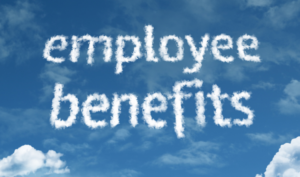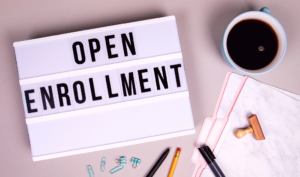
Pet Perks: Why It’s Paws Up For This Hot Benefits Trend
In the wake of the Covid pandemic, employee benefits have experienced a significant transformation. Increasingly, employers are focusing on benefits that enhance individual wellbeing and

In the wake of the Covid pandemic, employee benefits have experienced a significant transformation. Increasingly, employers are focusing on benefits that enhance individual wellbeing and

In the aftermath of the pandemic, employers have received a massive wake-up call — in more ways than one. Who knew so many people would

As employee engagement continues to drift downward, organizations everywhere are looking for more efficient, effective ways to connect and communicate with their workforce. This is

Open enrollment season is upon us again, and the world of work continues to shift at a head-spinning pace. This fluid environment poses benefits-related challenges

Is the benefits information you have to tell employees important before and during Open Enrollment? You bet! Easily understood? Not always. According to the latest